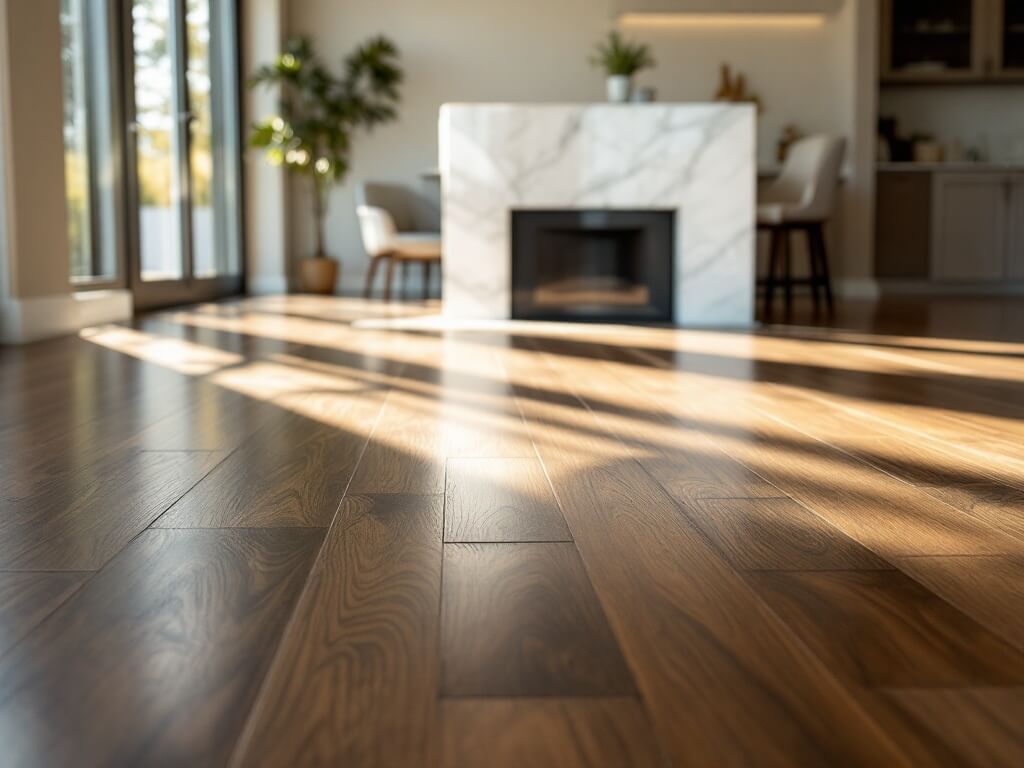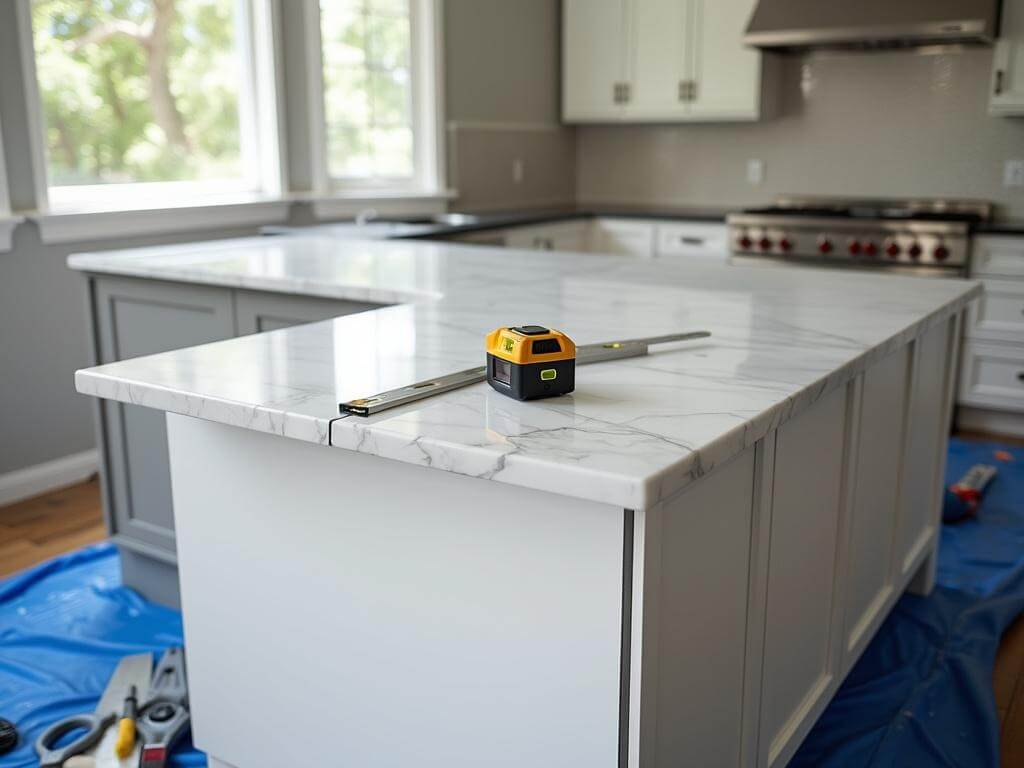Kitchen Remodel Tips to Boost Home Value in Plano, TX: Trends and Costs Explained
Thinking about a kitchen remodel?
You’re not alone.
It’s one of the most popular home improvements homeowners plan—but it also comes with big decisions, big investments, and big opportunities to mess things up… or nail it.
Let’s break down exactly what you need to know before swinging any hammers.
What “Kitchen Remodel” Really Means (And Why It’s Worth It)
At its core, a kitchen remodel means updating your space’s layout, materials, functionality, or all three. It’s not just about pretty countertops.
It’s about how your kitchen works.
Whether it’s improving the work triangle, adding custom kitchen cabinets, or making space for energy-efficient appliances—the idea is to blend beauty with daily usability.
And in a market like Plano, TX, a smart remodel has another perk: it can give your home a serious bump in value.
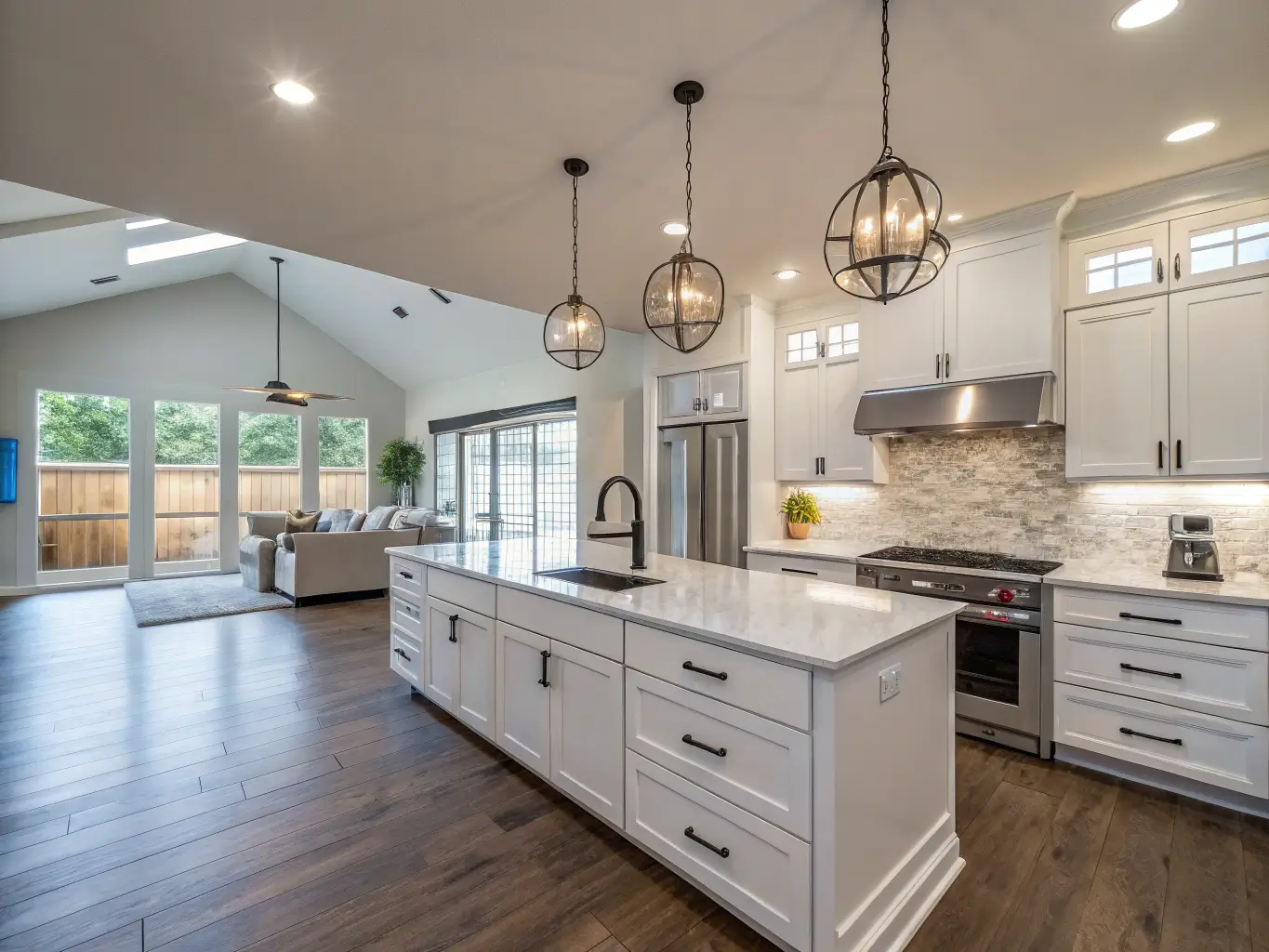
Why Kitchen Remodeling in Plano, TX Isn’t Just a Vanity Project
The market in Plano and the wider Dallas area is competitive. Buyers are hunting for modern kitchens—especially open-concept layouts with smart home features and sleek design.
More than any other space in the house, the kitchen is emotional. It’s where people gather, cook, decompress, and connect. A dated kitchen will hold back your home’s full potential.
According to Remodeling Magazine’s Cost vs. Value report, a mid-range kitchen remodel in this area can recoup 76.4% at resale. That’s a better return than most home improvements.
Key takeaway: in Plano, the kitchen isn’t just the heart of the home—it’s a high-ROI investment, too.
Breaking Down Kitchen Renovation Costs (And What Surprises Most Homeowners)
Budgeting for a kitchen remodel? Start here.
Kitchen renovation costs aren’t a guessing game. They come down to a few super clear levers:
- Size of the kitchen: Bigger kitchens = more labor and materials.
- Materials used: Quartz countertops vs. budget laminate? Night and day.
- Labor rates in your area: Dallas/Plano has higher-than-average contractor pricing compared to more rural markets.
Real averages for Plano, TX look like this:
Minor Kitchen Remodel: $10,000–$24,000
- Cosmetic refreshes
- New lighting, sink, paint, cabinet hardware
- No layout changes or major mechanical work
Mid-Range Kitchen Remodel: $25,000–$77,897
- New appliances
- Cabinet refacing or replacements
- New countertops and upgraded layout
- Possibly custom kitchen cabinets or mid-grade flooring
Major Kitchen Remodel: $100,000+
- High-end everything: cabinets, stone counters, pro-grade appliances
- Full layout overhaul with new electrical and plumbing
- Often includes custom storage and eco-friendly kitchen materials
Here’s something that shocked me during my second kitchen project: We had budgeted for $50,000. But what no one warns you about is the “creep.” You fall in love with the $8/sq ft tile. The smart faucet. The matte black hardware. Suddenly you’re $17,000 over budget—and you’re justifying it after every showroom visit like it’s your second job.
Bottom line: know your limits, leave buffer, and track religiously.
Key takeaway: Kitchen renovation costs can scale fast. Start with a range, but expect upgrades to be tempting (and expensive).
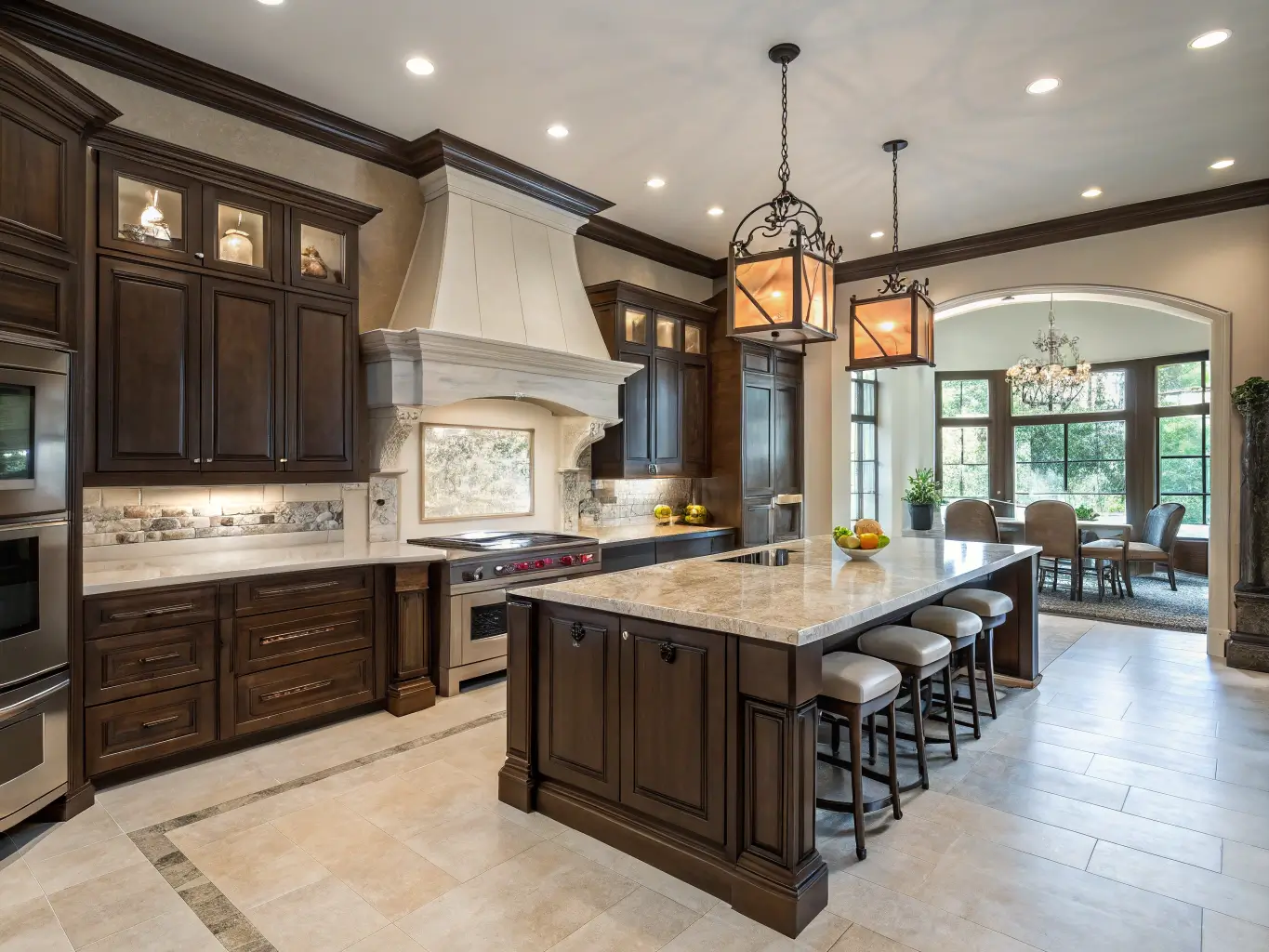
Want Maximum Value? Focus on Layout and Flow First
Pretty is nice.
But a kitchen that feels effortless to cook in? That’s priceless.
This is where Kitchen Layout Redesign comes in. And it’s one of the most misunderstood (but most impactful) things to get right.
Plano homes often come with older configurations that don’t reflect how people live today: isolated galley kitchens or bulky walls that block flow to living spaces.
Most-used layout styles for modern remodels:
L-Shaped
- Great for open-concept integration
- Leaves room for a dining area or small island
- Ideal for small to medium kitchens
U-Shaped
- More countertop and storage space
- Offers spillover zones for prep or cooking partners
- Can feel tight if not executed in a large space
Island Layout
- The all-star of kitchens today
- Adds storage, extra prep space, and seating
- Popular in open-concept layouts with adequate clearance
Whatever layout you choose, key design principles stay the same.
Work Triangle Design:
Keep the sink, stove, and fridge close—but not cramped. It should feel like a smooth pivot, not a marathon.
Storage Optimization:
Think beyond standard cabinets.
- Pull-out shelves
- Lazy Susans in corner cabinets
- Vertical dividers for trays and baking sheets
- Deep drawers for pots and pans
Kitchen tech is also transforming what "efficient" means.
Newer remodels in Plano feature charging drawers, sensor lighting, and built-in compost systems that make use of every inch. Think smarter, not just more.
Key takeaway: Don’t just chase Pinterest looks. A strategic kitchen layout redesign does more for your life (and resale value) than granite counters ever will.
Design Trends Plano Homeowners Are Actually Jumping On
Before you bust out a vision board...
Let’s talk about the kitchen remodeling trends I’m seeing most often in the Plano area. The ones buyers want. The ones that actually match modern lifestyles.
Open-Concept Everything
People don’t want to hide behind walls while cooking anymore.
They want kitchens that bleed into dining or living zones, connecting the family (and entertaining space).
Removing a non-load-bearing wall between the kitchen and living room instantly makes the space feel bigger—and enables natural light to do the heavy lifting.
Smart Storage Solutions
We’re living in the age of Amazon bulk ordering.
You need a pantry that can hold it.
You need custom cabinets that aren’t just deep—but smart.
Plano remodels now often include:
- Appliance garages to hide toasters and mixers
- Pull-out spice racks tailored to your layout
- Toe-kick drawers (yep, drawers under your cabinets)
Also exploding in demand: large islands with built-in drawers for pet food, recycling, or Instant Pot storage.
Here’s what I tell clients when planning their remodel: “Form is important. But if your kitchen doesn’t work hard behind the doors and drawers, you’ll hate it in six months.”
Key takeaway: Plano kitchen remodels today are about openness and clever storage, not just backsplash aesthetics.
Coming up, I’ll dig into how to set up a winning project plan, how to not get burned by contractors, and the one timeline mistake that adds months to your remodel…
The Project Plan That Saves You Thousands (and Your Sanity)
You’d be shocked how many kitchen remodels fall apart before demo day.
Why? Because the homeowner skipped one crucial step: planning like a pro.
I’m not talking about scrolling Pinterest and saving pretty cabinets. I’m talking real, boots-on-the-ground planning.
Budget Like You’re Accounting for a Wedding
Set a number. Then carve out 15–20% for “surprises.” Because they’ll come.
That could be dry rot behind your cabinets… or a custom light fixture that sets your soul on fire once you see it.
When I did my first major kitchen overhaul, I didn’t plan for electrical updates. Surprise—our panel couldn’t handle the new induction cooktop. That alone added $3,200.
Lesson? Plan for the things you don’t see.
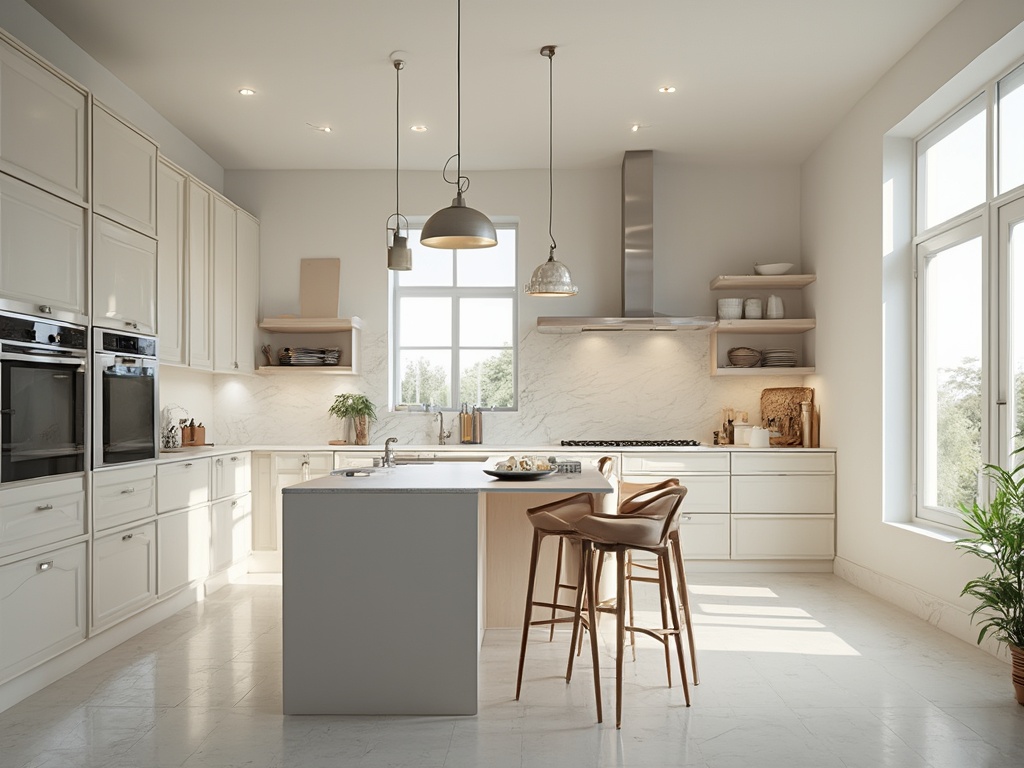
Work with a Designer (Even if It’s Just a Consultation)
Look, I used to think hiring a kitchen designer was a luxury. Now I see it as insurance.
Designers aren’t just picking colors. They know measurements, builder limitations, and building code. They’ll spot early that your dream island will block your fridge door from opening—or that your hood vent needs rerouting.
Many offer hourly consults. Even just 2–3 sessions can save you from layout disasters.
For professional help, consider Winston Interior Design Services for expert planning and design strategy.
Key takeaway: Your remodel plan isn’t just a spreadsheet. It’s your script for the entire project—and it will determine whether you stay on budget and schedule.
Choosing the Right Contractor (and Not the One Who Just Calls You Back First)
If you only read one section, let it be this.
Your contractor is the single most important piece of this puzzle.
It’s not just about skills. It’s about professionalism, communication, and reliability.
Here’s how to vet one like a pro in Plano, TX:
- Ask for local referrals
- Get at least 3 bids—and make sure they’re based on the same scope
- Check licenses and insurance (do not skip this)
- Read reviews—but pay closer attention to how they handle complaints
My second remodel? We went with a cheaper guy someone “kind of” recommended. He ghosted for two weeks mid-project. Pipes were exposed, and we had no running kitchen water. Nightmare.
Now I only work with contractors who:
- Provide a realistic (not overly optimistic) timeline
- Communicate weekly
- Include change order procedures in writing
Bonus move: ask how many current projects they’re handling. If it’s more than 3–4, your job may become their side hustle.
Key takeaway: A good contractor adds peace of mind. A bad one adds months—and gray hairs.
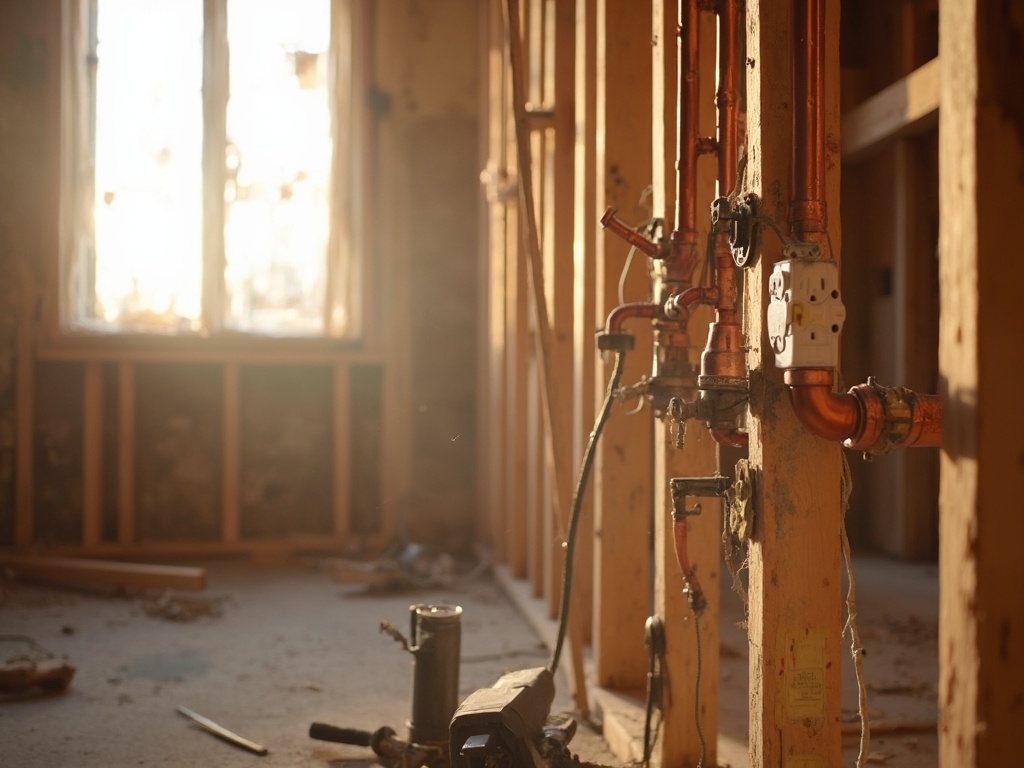
Timeline Truths: What Actually Moves a Remodel Forward (or Backwards)
Let’s talk real timelines. TV shows? Lies.
A mid-range kitchen remodel will usually take 6–10 weeks of construction… and at least 4–6 weeks of prep before that.
Here’s where things break down:
- Cabinets not ordered early = delays
- Permits dragging = delays
- Scope creep = cost and time bloat
Plan your schedule backward from your goal finish.
Want it done before Thanksgiving? That means ordering materials by August. No joke.
Key stages to factor in:
- Initial design and planning: 2–4 weeks
- Material ordering: 2–8 weeks (custom cabinets can be 10+)
- Demo and construction: 6–10 weeks
- Final walkthrough and punch list: 1–2 weeks
Oh—and don’t forget permit inspection windows vary by city. Especially in Plano. Call early.
Key takeaway: You control more of the timeline than you think—by planning like the job starts tomorrow.
Permits, Inspections, and Why They Matter Even if It’s “Just Cabinets”
You’d be surprised how many homeowners skip permits. Especially for “small” projects.
But here’s the truth: if you’re touching plumbing, electrical, or changing layout—you need a permit. Period.
Plano city inspectors are no joke, either. They check for everything from GFCI outlet placement to proper venting.
Permits protect you:
- From shoddy work
- From liability
- From headaches when you sell (yes, unpermitted work will show up on disclosures)
You don’t need to navigate this alone. A good contractor handles it. But always ask: “Who’s pulling the permits?” If the answer is “you are,” consider that a red flag.
Key takeaway: Don’t skip the paperwork. Permits and inspections keep your house, budget, and future resale clean.
The “Invisible Upgrades” That Make or Break the Remodel
Let’s talk about the stuff behind the drywall.
These upgrades rarely show up in before-and-after photos—but man, they matter more than the backsplash du jour.
Electrical Upgrades
- At least two 20-amp circuits for countertop plugs
- Dedicated appliance lines (for fridge, microwave, etc.)
- GFCI compliance
Plumbing Upgrades
- Replacing old copper or galvanized lines
- Installing shut-off valves
- Upgrading dishwasher/sink lines for efficiency
Ventilation That Doesn’t Suck (Literally)
- Range hoods rated for at least 350 CFM
- Direct venting to the outside
- Quiet motors (lookup sones ratings)
Key takeaway: Invisible upgrades make your beautiful kitchen actually livable—and make inspections much smoother.
Should You Go Energy-Efficient? Here’s When It Pays Off
Energy-efficient appliances aren’t just good for the environment. They’re good for your wallet (and buyers love them, too).
Worth your investment:
- ENERGY STAR-rated appliances
- LED lighting systems
- Touchless or low-flow high-efficiency faucets
Maybe not essential:
- Solar-powered skylights
- Compost centers that require plumbing
The key is blend, not overkill. Use recycled or eco-friendly materials like bamboo and recycled glass where possible. See more on eco-conscious countertop options.
Key takeaway: Sustainable kitchen design is a win-win—but focus on impact, not just buzzwords.
Final Style Decisions That Actually Stick (and Don’t Date Fast)
Last mile, best mile. This is where people panic—and where trend-chasing goes wrong.
Quick style tips that work in Plano (and age well):
- Neutral, light-colored cabinets
- Statement lighting (not overly ornate)
- Matte or brushed hardware
- Mix open and closed storage
My “timeless” rule: If you wouldn’t love it in 10 years, don’t install it in your house today.
Key takeaway: Trends come and go. Focus on grounded, functional design—and evolve accents over time. Consider custom cabinetry for designs that endure.
Let’s Wrap This Up (Because You’re Ready to Swing the Hammer)
A kitchen remodel can feel like building a rocket ship in your living room. It’s dusty, expensive, chaotic — and absolutely worth it when done right.
If you’re remodeling in Plano, TX, the stakes (and returns) are higher than ever.
Plan with intention.
Design for function.
Pick your team like it’s your wedding party.
And don’t let “tile trends” drive the project. Let livability, resale value, and long-term joy do that.
Because when the kitchen works, the whole house works better.
Looking to start your Kitchen Remodeling project in Plano, TX? Now you know exactly how to make it count.
Explore more insights in the Dallas Kitchen Remodel Cost Guide: Latest Market Insights and the Plano Kitchen Renovation Cost Breakdown and Value Analysis.
Want help with the process? Check out these services:

